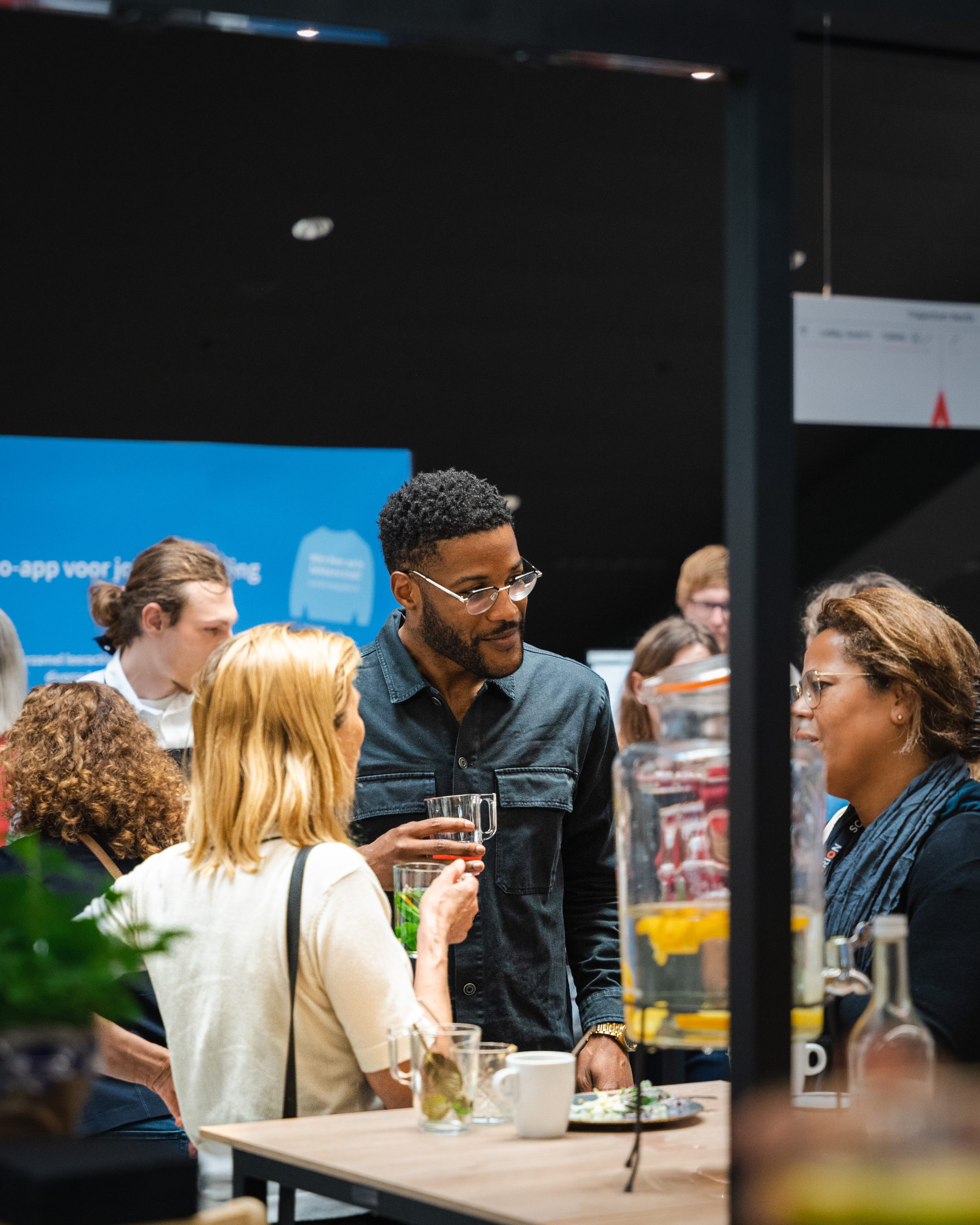Background & Need for Innovation: In contemporary medical education, there remains a notable gap in effectively addressing the complex societal and cultural dimensions of healthcare, particularly regarding the LGBTQIA+ community. Medical students often receive limited exposure to the nuanced aspects of gender and sexual diversity, which is crucial for fostering an inclusive healthcare environment.
Goal of Innovation: This study aimed to bridge this gap by integrating queer museum arts into the undergraduate medical curriculum to promote reflective engagement and dismantling of biases among future healthcare professionals.
Steps Taken for Development and Implementation of Innovation: In this mixed-method study 24 randomly selected final-year medical students underwent a four-week flipped-classroom program divided into three phases: an “Orientation phase” to train students in Visual Thinking Strategies (VTS); an “Exploration” phase, where students engaged with queer arts in small groups to identify and discuss discrimination and bias through a pessimistic lens; and a “Reinforcement” phase, which encouraged reflection on inclusive practices in healthcare through an optimistic perspective. Students were instructed to write a narrative report from a queer perspective in the first phase and a physician perspective in the second phase.
Evaluation of Innovation: Students’ confidence before and after the program were collected and one-on-one semi-structured interviews were conducted. Then, a sequential analysis was performed, using quantitative results to drive qualitative analyses to explore student experiences and evaluate program effectiveness. Engagement with queer arts facilitated deeper emotional and intellectual connections, leading to a transformative shift in perceptions and attitudes towards inclusivity in healthcare. Participants initially exhibited low confidence levels in areas such as gender diversity, gender inequality related discussion, understanding multiple perspectives etc., largely due to fear of judgment, societal stigma, and a lack of prior exposure. However, by the end of the program, significant improvements were observed, with higher confidence across many areas driven by critical reflection and deeper engagement with gender and sexual diversity.
Critical Reflection on your Process: The program served as a catalyst for challenging students to confront their biases through disorienting dilemmas and engage in critical reflection. This deep, internal shift not only broadened their understanding of gender and sexual diversity but also redefined their roles as advocates for inclusivity in healthcare. Program evaluation demonstrated its effectiveness in enhancing awareness, confidence, and equipping future medical professionals with the mindset necessary to create inclusive and compassionate care environments.



